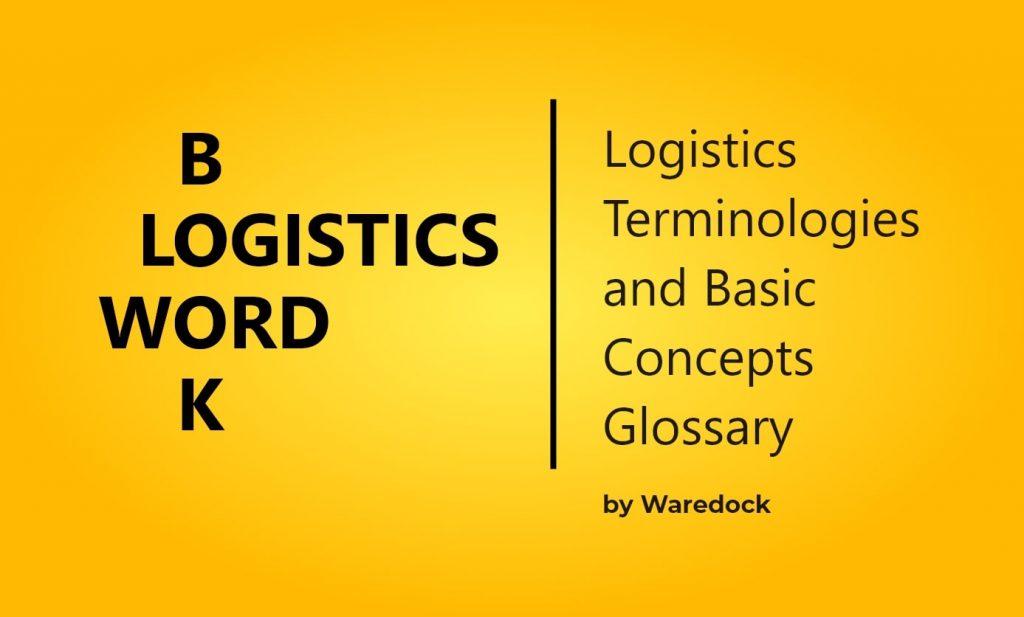Inventory decision-making (for all SKUs) exercised from one office or department for an entire company.
Advocates of centralized inventory control often argue the main benefits are cost savings and efficiency. Proponents of centralized inventory control can also invoke a mathematical formula to quantify some of the cost savings achieved when a company reduces its number of warehouses.
Centralized Stocking
Centralized inventory control features operations managed from a single point. These operations include purchasing, receiving, storage, delivery and restocking. Centralized inventory can be feasible if a warehouse is strategically located among a nexus of retail locations, drop-shipment locations and other shipping points. It can also work for virtual storefronts, especially when quick delivery is not a primary concern.
Factors that challenge centralization include a wide geographic dispersion of retail locations and regional differences in inventory requirements. The logistical bottlenecks that emerged during the Covid-19 also speak about the challenges of centralization. Companies that are looking to optimize their distribution network, manage risks or improve customer experience with faster shipping often opt for on-demand warehousing that offers scalable, distributed network of 3PL providers.
Economies Of Scale
Historically the argument for centralized inventory has also been that each additional warehouse location duplicates most of the functions of the original warehouse. Redundant costs include warehouse purchase or rental, equipment, personnel, transportation, inventory tracking, utilities, property taxes, security and shrinkage. Each warehouse has its own layer of management personnel who might become redundant through consolidation. Equipment such as forklifts, bulk movers and scanners that become redundant can be sold to recover part of their costs. The money you save from centralization can be used to upgrade the remaining warehouse facilities. For example, you could add scanning equipment throughout your storage location.
The argument for economies of scale is less important as warehouses become more automated and are managed through standardized inventory management systems. Waredock offers a single point of contact to manage your warehouses even if they are spread out across Europe and US, for example.
Lean Operations
The third argument for central control has been that it becomes easier to coordinate inventory operations from a central control point because all the information is on hand.
However, as Amazon-like automated warehouses are becoming increasingly popular,and possible mistakes due to missed or incorrect communications among multiple sites are being handled better. Purchasing and receiving functions which used to benefit from large quantity orders are now also getting automated and can handle series of piecemeal orders from scattered inventory locations.








